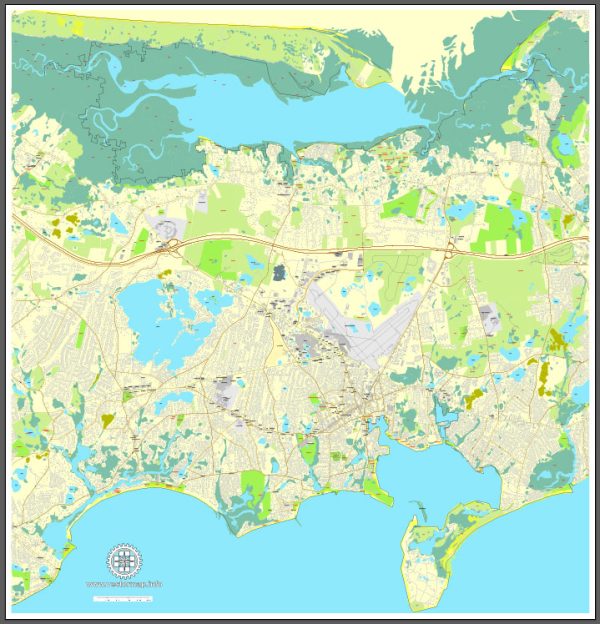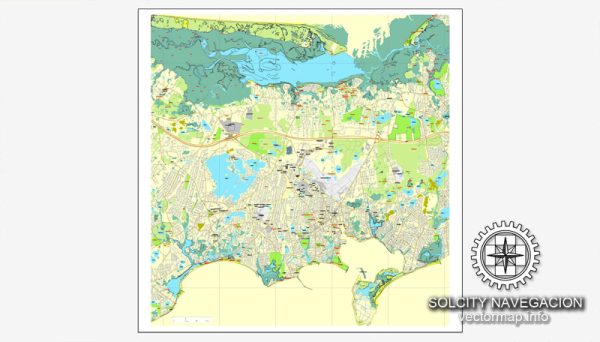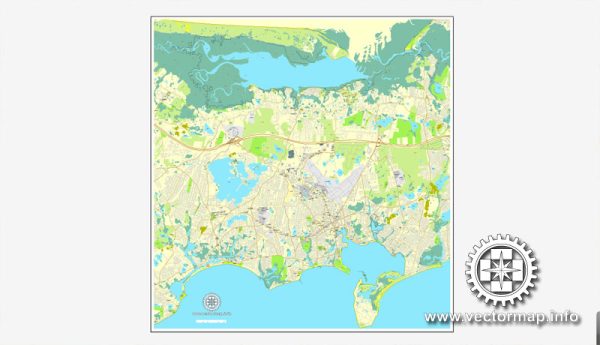Barnstable, Massachusetts, located on Cape Cod, has a rich history of urban development that reflects the broader historical trends and challenges faced by many New England towns. While it might not be considered a bustling urban center by most standards, Barnstable has experienced significant growth and change over the centuries. Here’s a brief overview of the town’s history of urban development:
- Colonial Era: Barnstable was settled by English colonists in 1639, making it one of the oldest towns in the United States. The town’s early economy was based on agriculture, fishing, and maritime trade. It was originally divided into several smaller villages, including West Barnstable, Centerville, Hyannis, and others. Each of these villages played a role in the town’s development.
- Whaling and Maritime Trade: In the 18th and 19th centuries, Barnstable, like many other coastal towns in New England, was involved in the whaling industry and maritime trade. This led to increased economic activity and growth in the region, as well as the construction of homes and businesses along the coast.
- Industrialization: The 19th century brought industrialization to the region, with the construction of mills and factories in various parts of Barnstable. This contributed to the growth of the town’s population and the development of new neighborhoods.
- Tourism: As the 20th century progressed, Barnstable, like many coastal towns, began to focus more on tourism. Its scenic coastline and proximity to Cape Cod’s beautiful beaches and attractions made it a popular destination for summer visitors. This led to the construction of hotels, resorts, and other amenities to accommodate tourists.
- Suburbanization: In the post-World War II era, Barnstable, like many American towns, experienced suburbanization. This period saw a significant increase in residential development as more people moved to the town for its natural beauty and accessibility to Cape Cod attractions. This led to the expansion of suburban neighborhoods and the growth of the town.
- Preservation and Planning: In more recent years, Barnstable has made efforts to balance development with preserving its historical and natural assets. The town has implemented zoning regulations and preservation programs to protect its historic buildings and natural environment while still allowing for responsible development.
- Economic Diversity: Today, Barnstable’s economy is diverse, with a mix of tourism, healthcare, education, and other industries contributing to its development. The town continues to grow and evolve while maintaining its unique historical charm.
Overall, Barnstable’s history of urban development reflects the broader trends of New England coastal towns, from colonial settlement and maritime trade to industrialization and suburbanization. The town has successfully adapted to changing economic and social dynamics while preserving its rich history and natural beauty.




 Author: Kirill Shrayber, Ph.D.
Author: Kirill Shrayber, Ph.D.